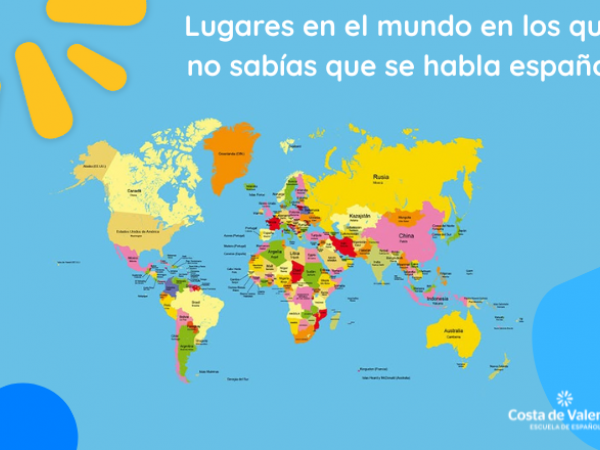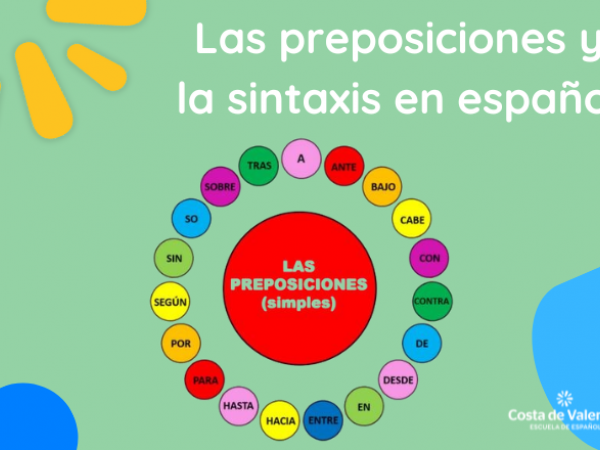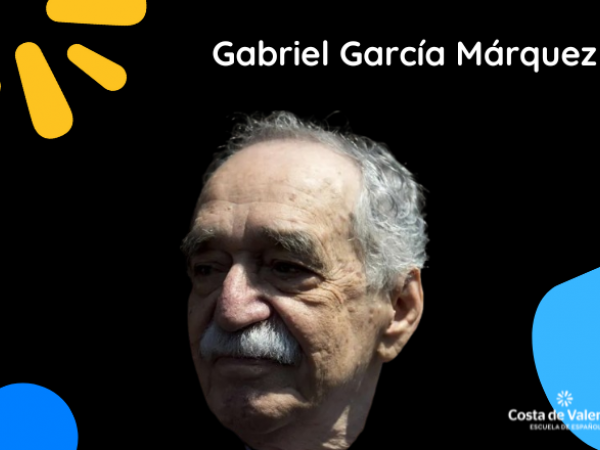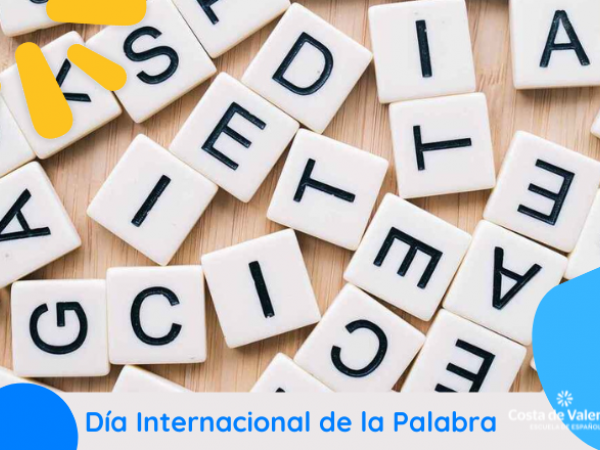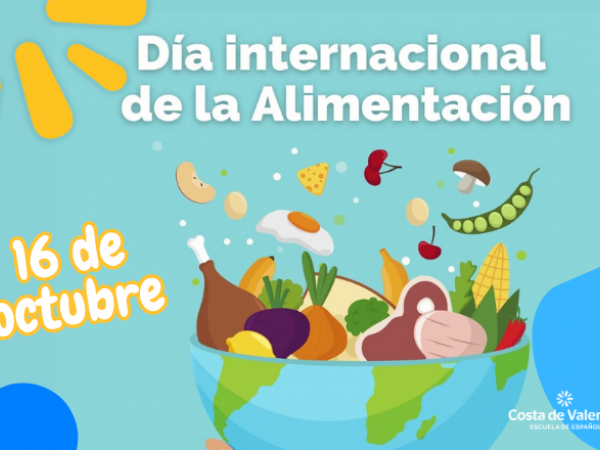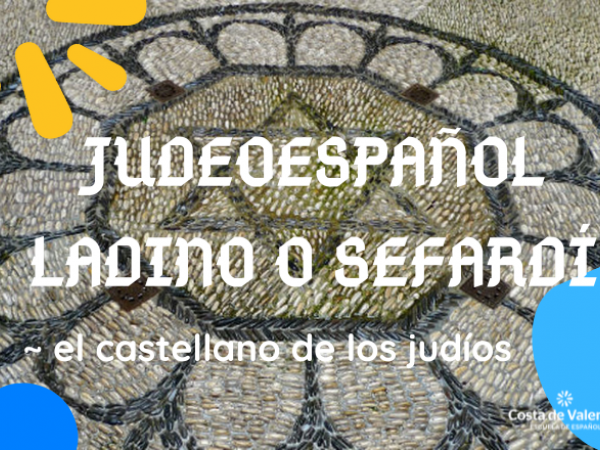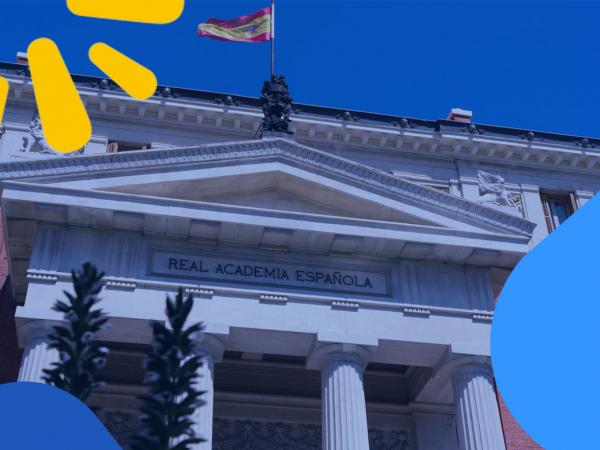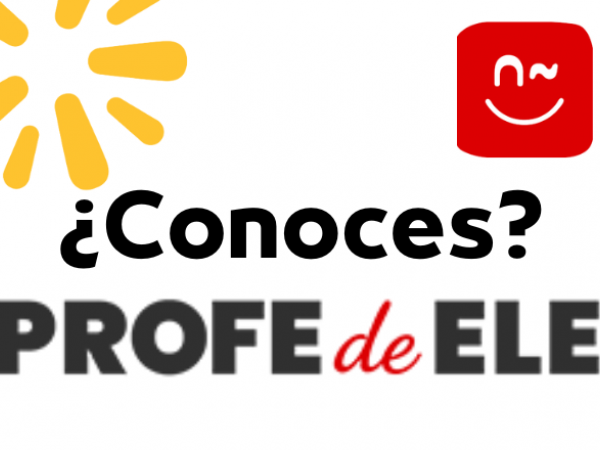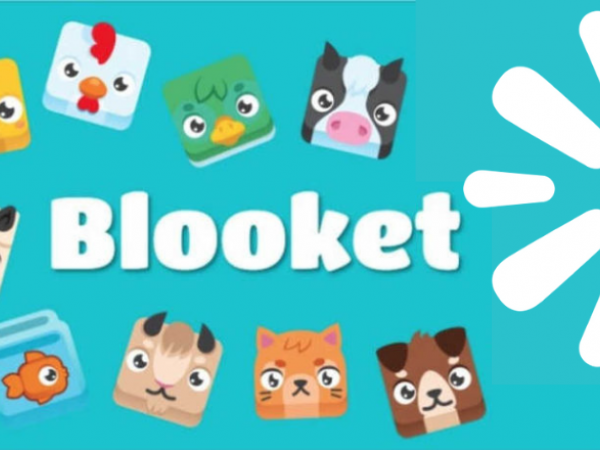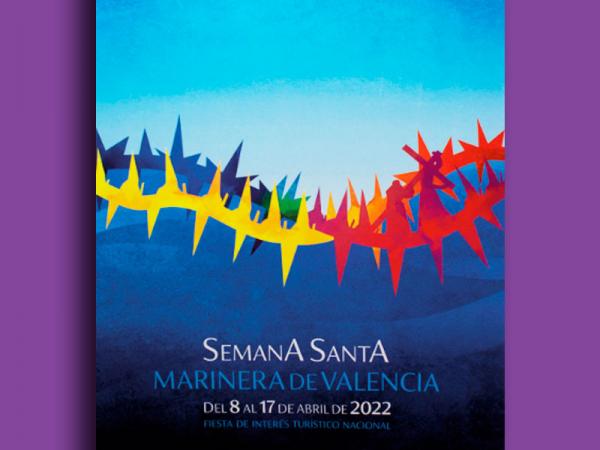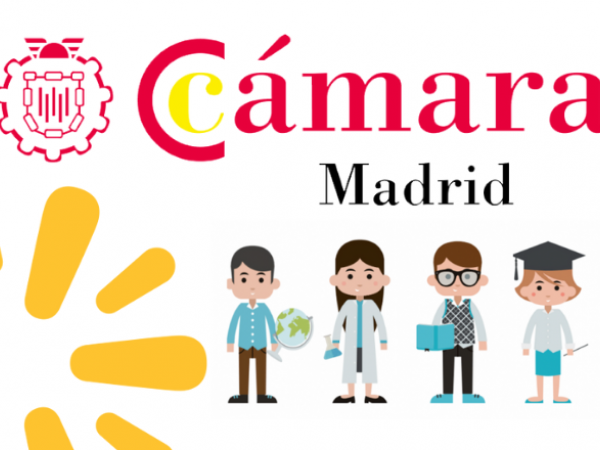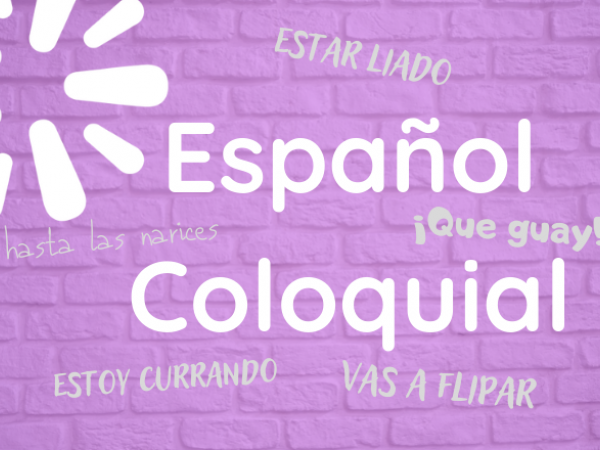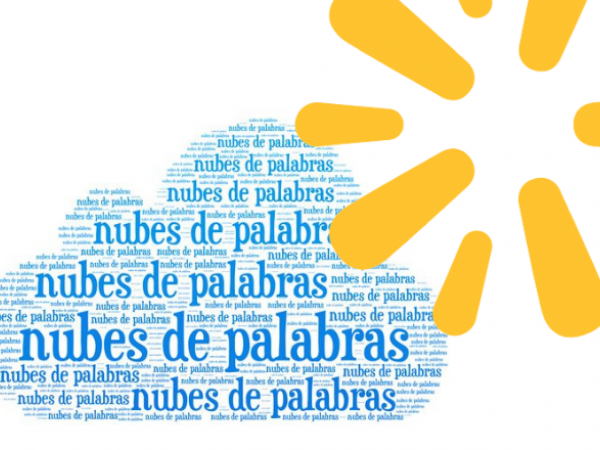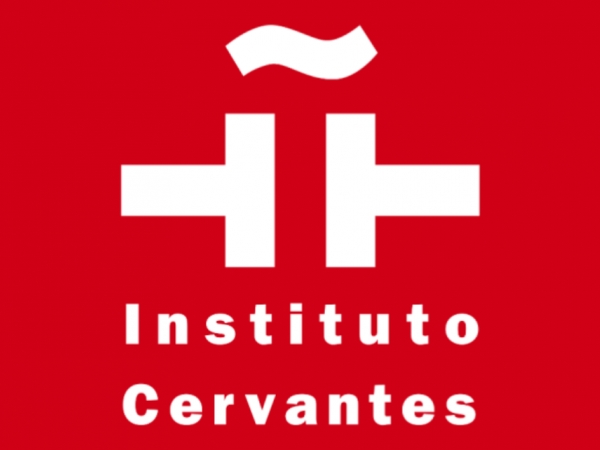The origin of the word "España"
The origin of the word "España" and other Spanish linguistic gems
In today's post we want to delve into the fascinating world of etymology, that is, how words have evolved over time to reach our days. And, of course, we want to start with the jewel in the crown, the word that unites us all...
Spain
The fact is that the Romans adopted it from the Phoenicians, who called it "I-Shaphan-im", which actually means "land of rabbits". Yes, you read that right; it seems that in ancient times the Iberian Peninsula was full of these adorable rodents. Over time, the Romans transformed "I-Shaphan-im" into Hispania, and thus was born the name that has endured to this day.
But the magic of words doesn't stop there. Let's take a look at some other words that are sure to surprise you.
Siesta
Siesta, or the custom of resting after a meal, comes from the Latin "hora sexta". In Roman antiquity, the day was divided into 12 hours of light and 12 hours of darkness, beginning at dawn. The "sixth hour" referred to the sixth interval of time from sunrise.
In Mediterranean areas, where the heat can be intense during the central hours of the day, the "sixth hour" coincided with the time after lunch, when people sought respite from the heat and rested. Over time, this custom took root in the culture and gave rise to the word "siesta" as we know it today.
Flamenco
The etymology of the word "flamenco" in the context of dance is somewhat complex and has been the subject of several theories. The most widely accepted suggests that the word is derived from the Spanish-Muslim term "felag mengu" or "fala minga", meaning "wandering peasant" or "from Flanders".
During the time of the Spanish Reconquest there was a significant migration of people from Flanders (a region in northern Europe) to the south. These immigrants brought their culture with them and eventually integrated into Spanish society. It is believed that the gypsies, who also influenced the development of flamenco, adopted some of the customs and dance styles of these immigrants, fusing them with their own traditions. Thus, the term "flamenco" came to be associated with the art and culture of the Gypsies in Spain, especially with the cante (singing), toque (guitar playing) and dancing that characterize flamenco today. The richness and complexity of this artistic genre reflect the fusion of diverse cultural influences throughout history.
Tapa
There are different theories about the origin of our delicious culinary tradition.
One of them suggests that the word "tapa" comes from the Spanish verb "tapar", meaning "to cover". It is said that in the 13th century King Alfonso X of Castile ordered that taverns should serve a small portion of food with each drink to prevent dust and dirt from falling into the glasses. This portion of food was placed on top of the glass and was called "tapa" due to the function it served.
Another theory suggests that the tradition of serving tapas originated during the reign of Philip III in the 17th century. The monarch is said to have ordered inns and taverns to serve solid food with alcoholic beverages to prevent drunkenness among patrons.
Regardless of the exact theory, what is certain is that the tapas culture took root in Spain and today it is a very popular practice that is not only served as an accompaniment to drinks, but also forms part of our rich gastronomic tradition.
We hope these linguistic curiosities have piqued your curiosity and inspired you to explore beyond the words we use every day.





